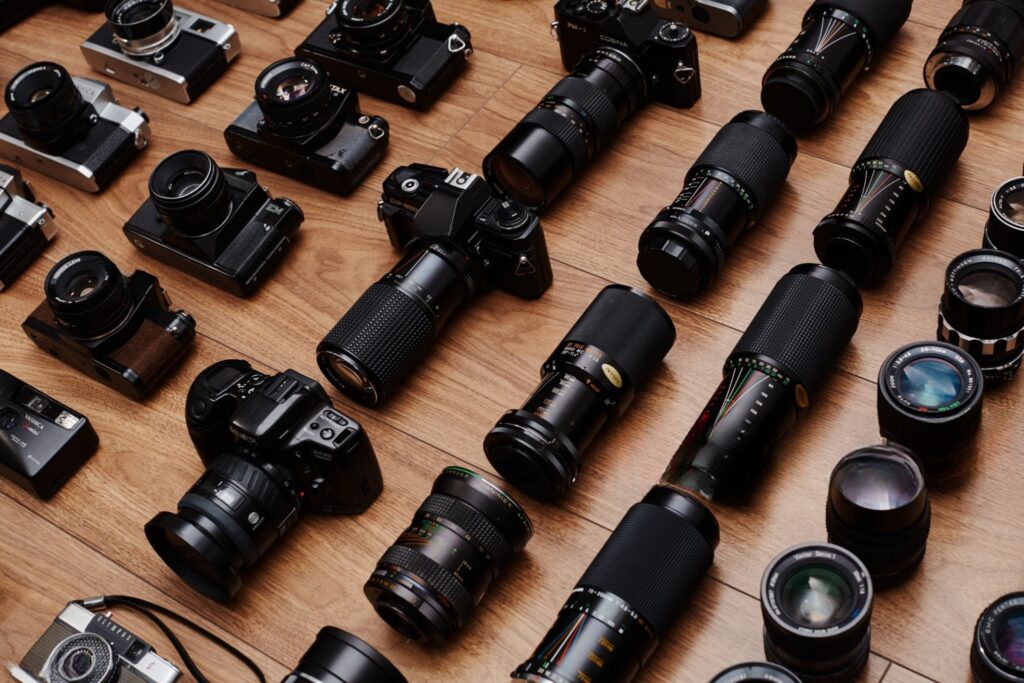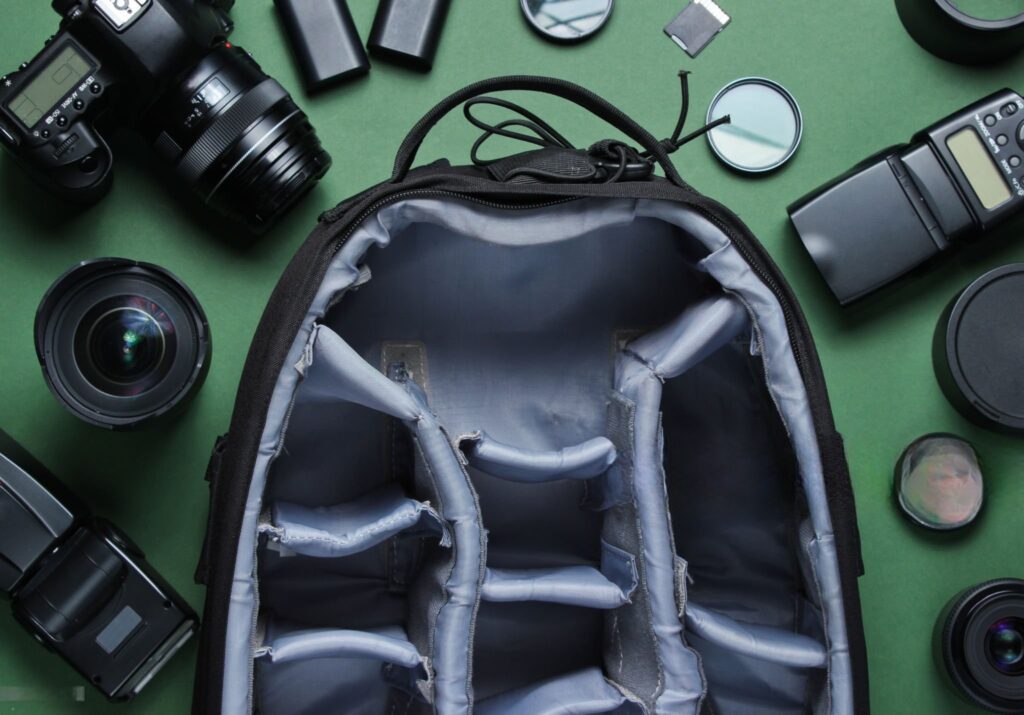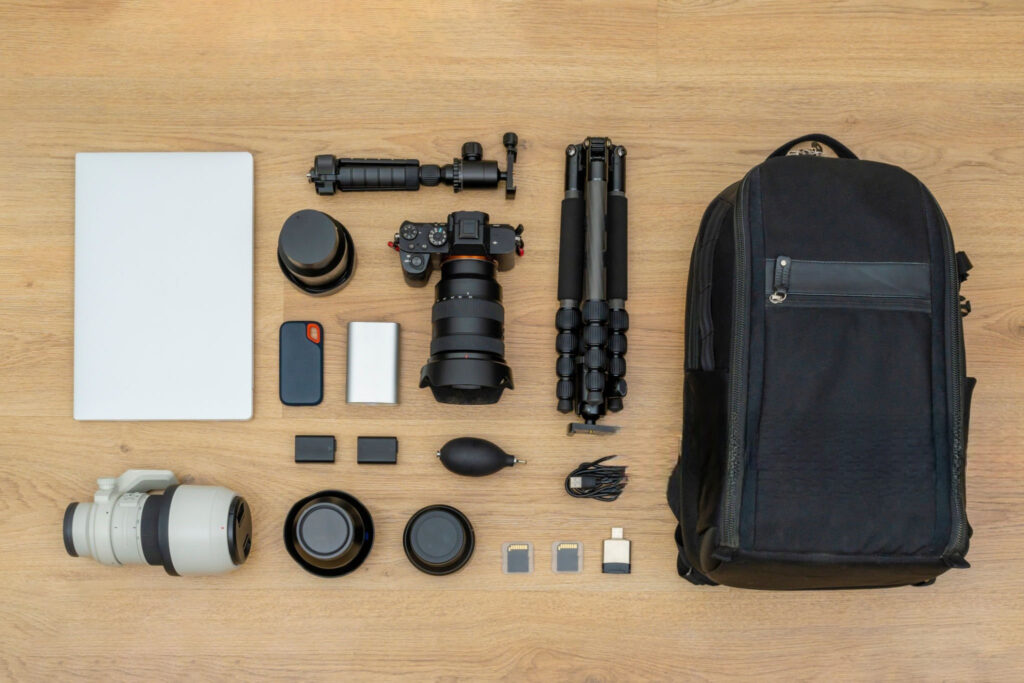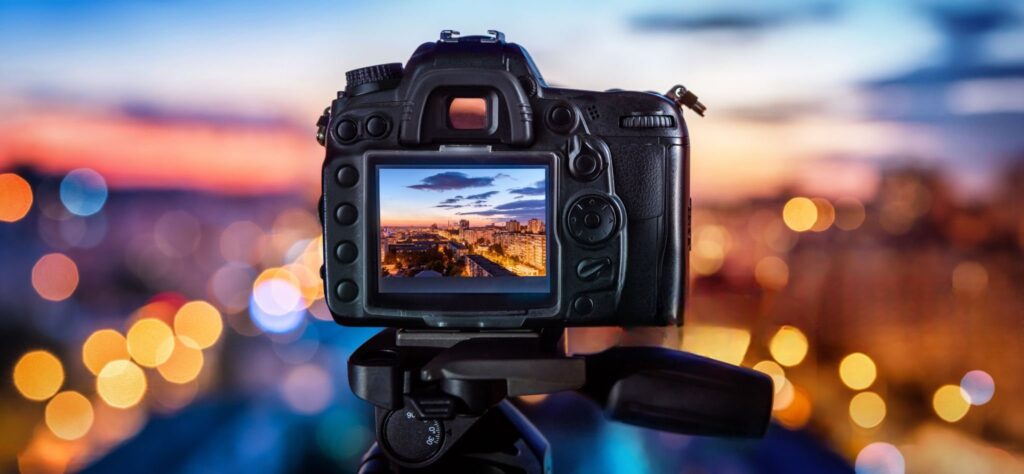- Shenzhen,Guangdong,China
- [email protected]
- +86 18702606074
Can You Bring Camera Equipment on a Plane? What You Need to Know
Quick Answer: Can you bring camera equipment on a plane? Absolutely! Most airlines permit you to bring camera gear such as camera bodies, lenses, and compact tripods in your carry-on. However, it’s always best to check your airline’s carry-on and checked baggage rules to avoid surprises.
Planning a photography trip and unsure how to bring all your valuable gear with you? You’re not alone! Many travelers wonder how to fly with cameras, tripods, and other photography tools without damaging them or breaking airline rules. In this guide, we’ll walk you through what camera equipment is allowed on planes and how to pack it smartly. With these tips, you can travel confidently and focus on capturing amazing moments.

How Familiar Are You with Airline Rules?
General Airline Rules for Carry-On and Checked Bags
Every airline has its own policies when it comes to baggage allowance. Most carriers let you bring one carry-on bag and one personal item like a camera backpack or laptop bag. Size and weight restrictions can vary, so it’s crucial to check your airline’s website before you travel.
Camera gear is often fragile and expensive, so it’s best to carry it onboard whenever possible. A padded camera backpack that fits the airline’s size guidelines is ideal. If your gear exceeds the size or weight limit, you may need to check it—so always pack smart to avoid potential damage.
Know TSA Guidelines for Camera Gear in the U.S.

When flying within the U.S., the Transportation Security Administration (TSA) provides specific guidance for carrying camera gear:
• X-Ray Screening: Cameras and electronics must go through X-ray separately. Remove them from your bag at the security checkpoint.
• Lenses & Accessories: Store lenses securely in your bag. Larger lenses might be inspected separately.
• Lithium Batteries: Must be under 100 watt-hours (Wh) and only allowed in carry-on bags. Spare batteries should be stored in a battery case to prevent short circuits.
Traveling internationally? Be aware that security rules vary by country. Always check the customs and baggage rules at your destination.
Specific Requirements for Different Camera Equipment
Camera Bodies DSLRs, mirrorless, and point-and-shoot cameras can usually be packed in carry-on luggage. Always use a padded case for protection and be prepared to remove your camera during security screening.
Camera Lenses Lenses are fragile and should be packed in padded dividers within your camera bag. Use microfiber cloths and lens caps to prevent scratches and dust. If you’re bringing multiple lenses, wrap them individually.
Drones Most airlines allow drones, but there are restrictions on battery size. Lithium drone batteries must be under 100Wh and carried in your hand luggage. Larger batteries may require airline approval.
Tripods and Monopods Compact, foldable tripods and monopods are typically allowed in carry-ons if they fit under the seat or in the overhead bin. Larger tripods may need to be checked in. Confirm dimensions with your airline.
Flash and Lighting Equipment Flashes and lights are allowed, but delicate components should be padded well. Any batteries powering these devices must comply with airline lithium battery rules.
Filters and Accessories Items like filters, remote triggers, SD cards, and chargers can go in the side pockets of your bag. Keep fragile glass filters in protective pouches to avoid cracks.
Laptops and Tablets Photo editing gear like laptops and tablets should stay in your carry-on. You’ll need to remove them at security. Follow battery safety rules and ensure devices are powered off.
External Drives and Storage You can bring portable hard drives and SSDs in your carry-on. Use a shockproof case for protection and consider traveling with backup storage to safeguard your files.

Expert Packing Tips for Flying with Camera Gear
1. Pick the Best Camera Bag
• Backpack: Ideal for carry-on—choose one with padded compartments and check that it meets standard size limits (22 x 14 x 9 inches or 56 x 36 x 23 cm).
• Roller Case: Great for heavy gear. Make sure it complies with airline size rules.
• Hard Case: Best for fragile or high-value equipment going in checked baggage. Use foam inserts for added protection.
2. Organize Your Gear Efficiently
• Camera Body: Place in a central, padded area.
• Lenses: Wrap individually and use padded dividers.
• Accessories: Store chargers, memory cards, and batteries in clearly marked compartments.
3. Use Protective Padding
• Always line your camera bag with soft materials and customizable dividers.
• Wrap lenses and flashes in padded sleeves or microfiber cloths.
• Use dedicated compartments for each item to minimize movement.
4. Carry Essential Equipment Onboard
• Never check valuable items like camera bodies, key lenses, and memory cards.
• Store lithium batteries in protective pouches.
• Keep editing devices like laptops in your personal item.
5. Pack for Easy Access
• Items needed during the flight should be placed near the top of your bag.
• Less frequently used gear can be packed deeper for security.

Final Thoughts: Fly Smart with Your Camera Gear
Traveling with camera equipment doesn’t need to be stressful. With a little planning and proper packing, you can take your gear anywhere—worry-free. Always double-check airline and TSA guidelines, use a well-padded camera bag, and carry your most essential items with you. That way, you’ll be ready to capture every memorable moment of your adventure.
VRIG is a leading Chinese photography accessories brand with in-house R&D and manufacturing. We create innovative, affordable gear for global creators, aiming to be a trusted name in photography accessories worldwide.
Reach us
If you have any further inquiries or need assistance, please feel free to contact us.
©2025. VRIG. All Rights Reserved.
